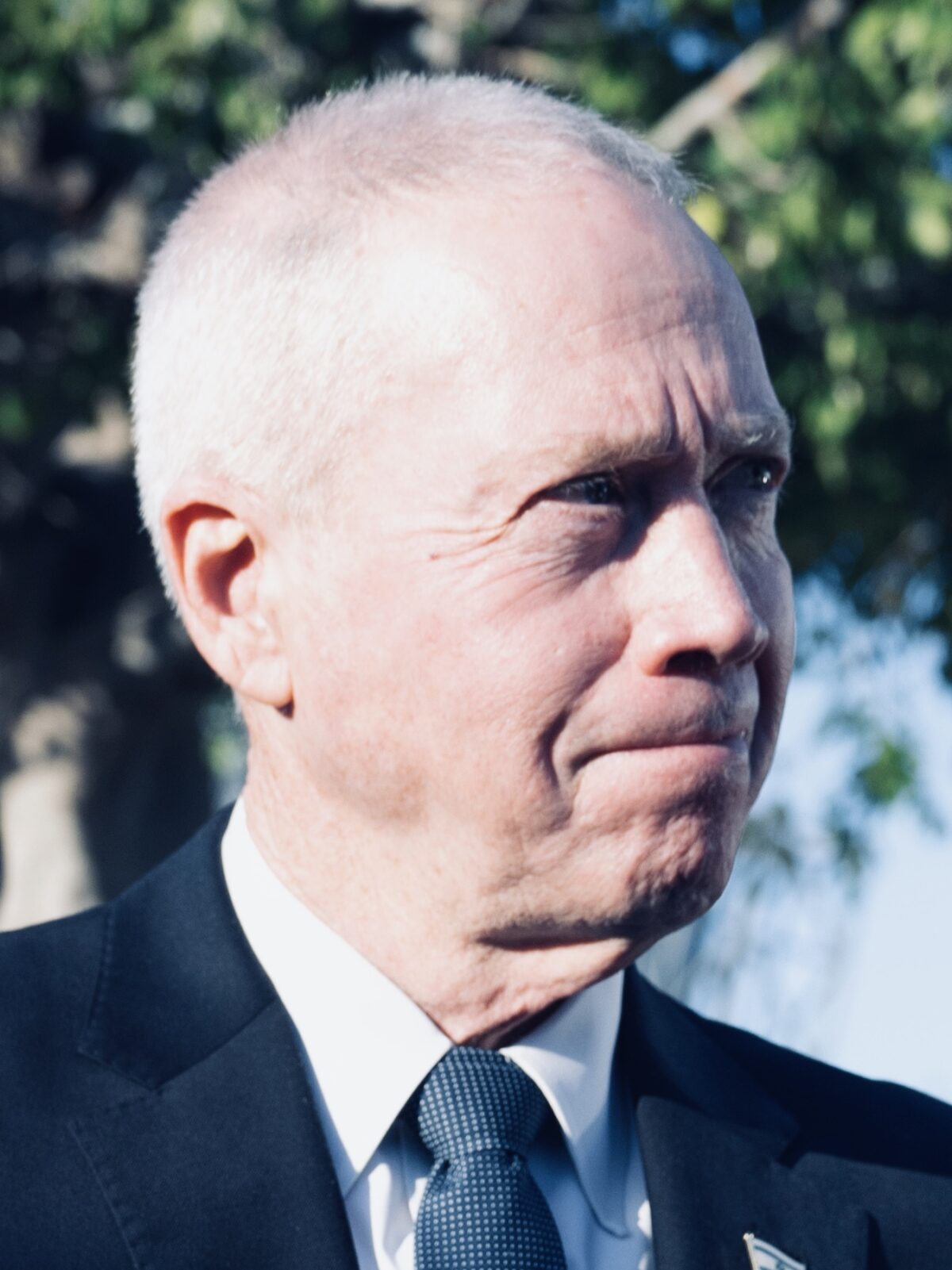Israel has been bogged down in an undeclared war of attrition with Hezbollah for the past seven months, and if the current situation prevails or deteriorates, Israel may well be facing a “hot” summer, Israeli Defence Minister Yoav Gallant warned recently.
Since Hamas terrorists attacked southern Israel on October 7, Hezbollah, in a tangible show of solidarity with Hamas, has fired thousands of rockets and mortars and dozens of drones at Israeli military and civilian sites.
These exchanges, which have caused bush and forest fires, have irretrievably shattered the status quo along Israel’s northern border with Lebanon.
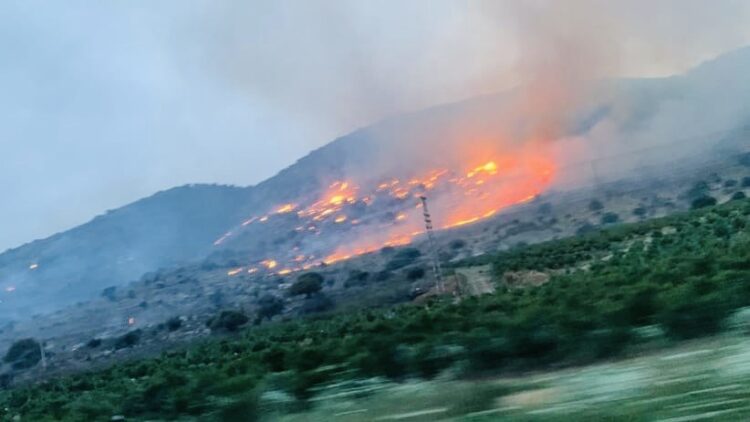
Since then, rarely a day has passed without cross-border clashes, which have so far claimed the lives of 312 Hezbollah operatives, 14 Israeli soldiers, 11 Israeli civilians and 73 Lebanese civilians.
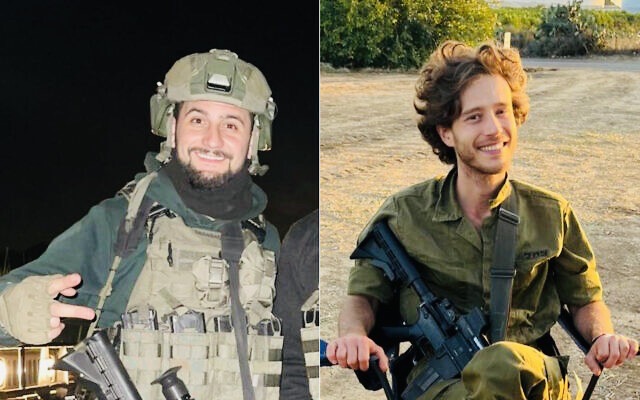
With Israel having launched a limited ground offensive in Rafah in early May, Hezbollah has responded with heavier bombardments. On May 15, for example, Hezbollah — an Iranian proxy — fired an armed drone at an army base near Tiberias, some 35 kilometers from the border. It was its deepest strike inside Israel to date.
Correspondingly, Israel has bombed Hezbollah positions from the air, sometimes deep inside Lebanon. Earlier this month, Israeli aircraft carried out retaliatory strikes as far afield as Baalbek, in the BekaaValley.
Israel has also pounded Hezbollah assets with artillery barrages and killed a number of its commanders and highly-placed officials in precision drone strikes. Two days ago, Mohamamed Ali Nasser Farran, a functionary in charge of procuring and manufacturing weapons, was killed as he drove in his car.
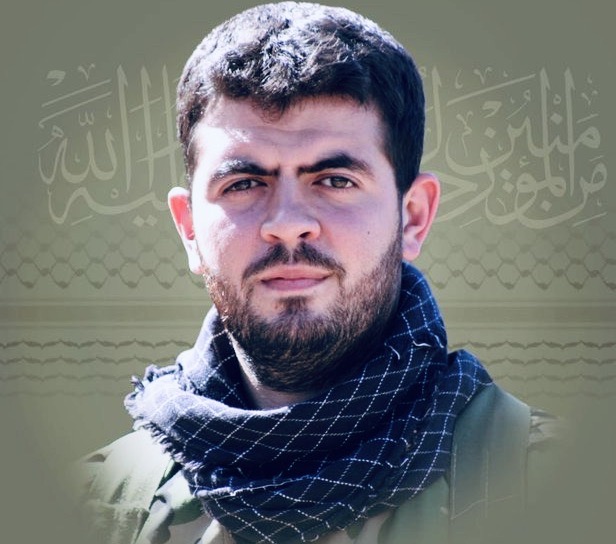
This low-intensity war has been fought mostly in the vicinity of the border, but on occasion it has spread beyond, threatening to degenerate into a fullscale war, which itself could ignite a regional war in the Middle East into which Iran, Hezbollah’s patron, could be dragged.
Hezbollah’s leader, Hassan Nasrallah, has said that Hezbollah’s daily bombardments will not stop until a ceasefire ends the Israel-Hamas war in the Gaza Strip.
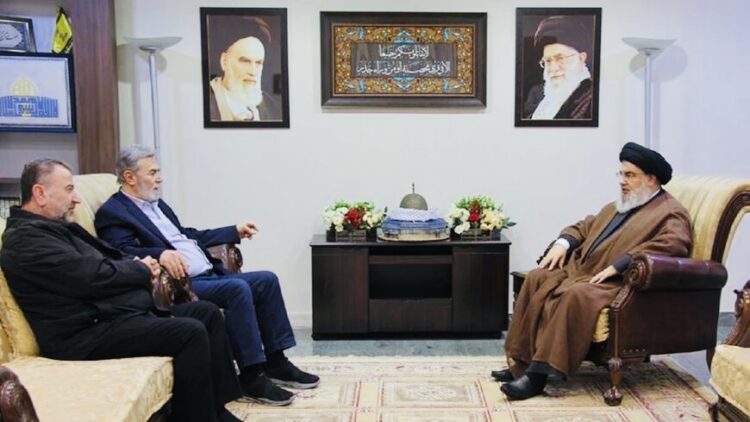
Israel respects Hezbollah’s military power. Fearing that Hezbollah might emulate Hamas and invade the Galilee, Israel took no chances and evacuated the 60,000 residents of 28 communities near the Lebanese frontier. They still have not been able to return to their homes.
This unprecedented evacuation has taken an immense psychological and economic toll. In effect, the far north has been reduced to something of a wasteland, much to Hezbollah’s satisfaction.
Israel’s military campaign has forced 90,000 Lebanese civilians to flee as well, draining southern Lebanon of its vitality.
During this entire period, Hezbollah has repeatedly shelled Kiryat Shmona, the largest city in the border region, and succeeded in turning it into a ghost town, one more reason for Hezbollah to gloat.
Israel has demanded a withdrawal of Hezbollah’s forces north of the Litani River, a distance of about 30 kilometers from the Israeli border. This would be in keeping with United Nations Resolution, 1701, which Hezbollah has arrogantly flouted.
The weak and ineffectual Lebanese government has been powerless to exert meaningful influence on Hezbollah with respect to this issue.
American and French diplomats have attempted to persuade Hezbollah to abide by Resolution 1701, but to no avail.
While some Hezbollah units have moved further north in recent months, Hezbollah still maintains a significant presence in the south, much to Israel’s alarm.
On May 8, Gallant told army reservists, “We have pushed Hezbollah away from the lines of contact to significant distances, but this does not mean that they have disappeared.”
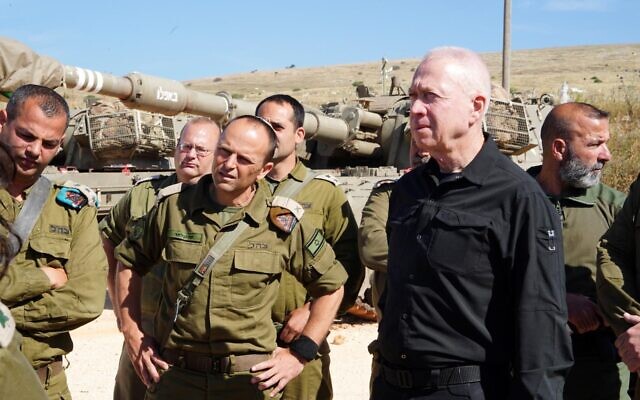
In a reference to the evacuees, he said, “To return residents safely, an agreement process or an operational process is needed. I am determined to return the residents to their homes safely and to rebuild the things that were destroyed.”
And in a warning to Hezbollah implying that Israel is ready and willing to mount a major offensive against Hezbollah should diplomacy fail to push it away from the border, Gallant said, “We have very significant, very heavy firepower, and we will make sure to activate it if there is a need and a reason.”
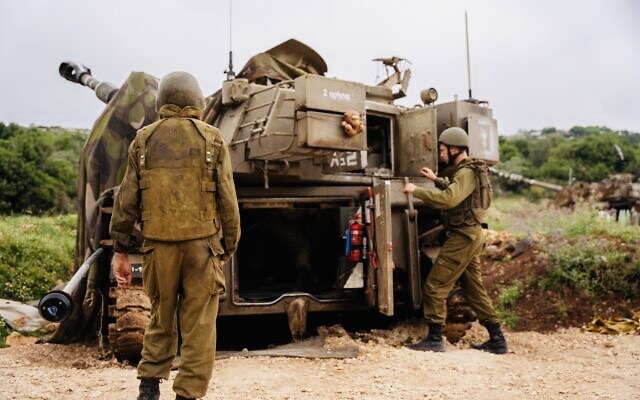
Commending the reservists who have battled Hezbollah, Gallant noted, “You have proven yourselves until today, I think, in an impressive way.” But in an ominous comment, he advised them to prepare for new tensions. As he put it, “This summer could be a hot summer.”
On May 19, Finance Minister Bezalel Smotrich addressed this theme when he said that Israel may well have to deal with Hezbollah through tougher military means.
“A public ultimatum must be issued to Hezbollah to completely stop firing and withdraw all its forces beyond the Litani River,” he said. “If the ultimatum is not fully met, Israel will launch a assault deep in Lebanese territory to defend the northern communities. The way to bring the (evacuated) residents home is through … a devastating assault on Hezbollah, its infrastructure and the destruction of its power.” If necessary, he went on to say, Israel should occupy southern Lebanon.
Israel established a security zone in southern Lebanon in the late 1970s after Operation Litani, and reinforced it after its invasion of Lebanon in 1982.
In short order, Hezbollah, created by Lebanese Shi’as in conjunction with Iran’s Islamic Revolutionary Guards Corps in the wake of the Lebanon War, initiated a guerrilla war against Israel.
Israel unilaterally pulled out of its self-declared security zone in May 2,000. Six years later, Israel and Hezbollah fought an all-out, month-long war. From 2006 to 2024, the Lebanese border area was relatively quiet, with only sporadic incidents erupting.
But now, after seven months of armed conflict, Israel and Hezbollah have been embroiled in their longest war in 18 years. As long as the Israel-Hamas war rages, so, too, will Israel’s increasingly deadly confrontation with Hezbollah.
